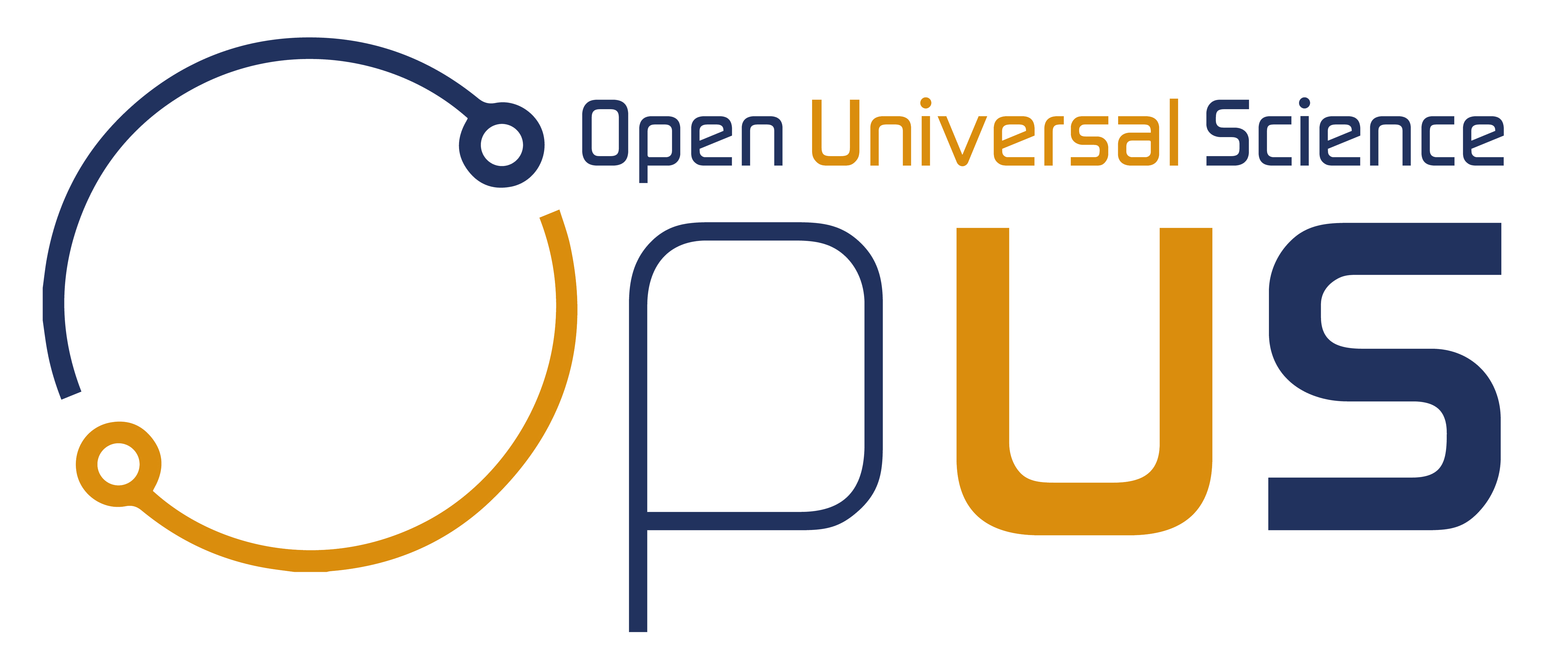The Acceleration of Technological Findings through Open Educational and Research Material
The Acceleration of Technological Findings through Open Educational and Research Material https://opusproject.eu/wp-content/uploads/2024/05/Smart-factory-technology-Getty.jpg 900 527 Open and Universal Science (OPUS) Project https://opusproject.eu/wp-content/uploads/2024/05/Smart-factory-technology-Getty.jpgIn today’s digital age, the sharing of knowledge has become more accessible than ever before. With the advent of open educational resources (OER) and open access research material, the barriers to accessing valuable information have been significantly lowered. This democratization of knowledge not only benefits students and researchers but also plays a pivotal role in accelerating technological findings across various fields.
Open educational and research material refers to resources that are freely available to anyone, anywhere, without any restrictions on access or use. This includes textbooks, lecture notes, research articles, datasets, and more. By making these resources openly available, educators and researchers can contribute to the collective pool of knowledge, fostering collaboration and innovation on a global scale.
One of the most significant effects of fully available and open educational and research material is its potential to accelerate the pace of technological findings. Here’s how:
- Accessibility: Open educational resources allow students from all backgrounds and locations to access high-quality learning materials at no cost. This accessibility levels the playing field, providing equal opportunities for education and skill development. Similarly, open access research material enables researchers to access the latest findings and build upon existing knowledge without facing paywalls or subscription barriers.
- Collaboration: Openness encourages collaboration among researchers, educators, and students from different institutions and disciplines. By freely sharing educational resources and research findings, individuals can collaborate on projects, exchange ideas, and contribute to interdisciplinary research efforts. This collaborative approach fosters innovation and accelerates the development of new technologies.
- Innovation: Open educational and research material serves as a catalyst for innovation by facilitating the rapid dissemination of ideas and findings. Researchers can build upon the work of others, replicate experiments, and conduct meta-analyses more efficiently when access to research material is unrestricted. This leads to faster progress in technological advancements and scientific discoveries.
- Transparency: Openness promotes transparency in the research process, allowing for greater scrutiny and reproducibility of findings. When research material is openly available, it becomes easier for other researchers to verify results, identify errors, and validate conclusions. This transparency enhances the reliability and credibility of scientific research, laying the foundation for further advancements.
- Educational Impact: Open educational resources provide educators with the flexibility to adapt and customize course materials to suit the needs of their students. This personalized approach to learning can enhance student engagement and comprehension, leading to better learning outcomes. Additionally, open access to research material allows students to explore cutting-edge research topics and gain hands-on experience in their field of study.
Fully available and open educational and research material has the potential to revolutionize the way we learn, teach, and conduct research. By breaking down barriers to access and promoting collaboration and innovation, openness accelerates the pace of technological findings, paving the way for a brighter and more inclusive future. Embracing open practices in education and research is not only beneficial for individuals but also essential for driving progress and addressing global challenges.
Photo via ISHN



